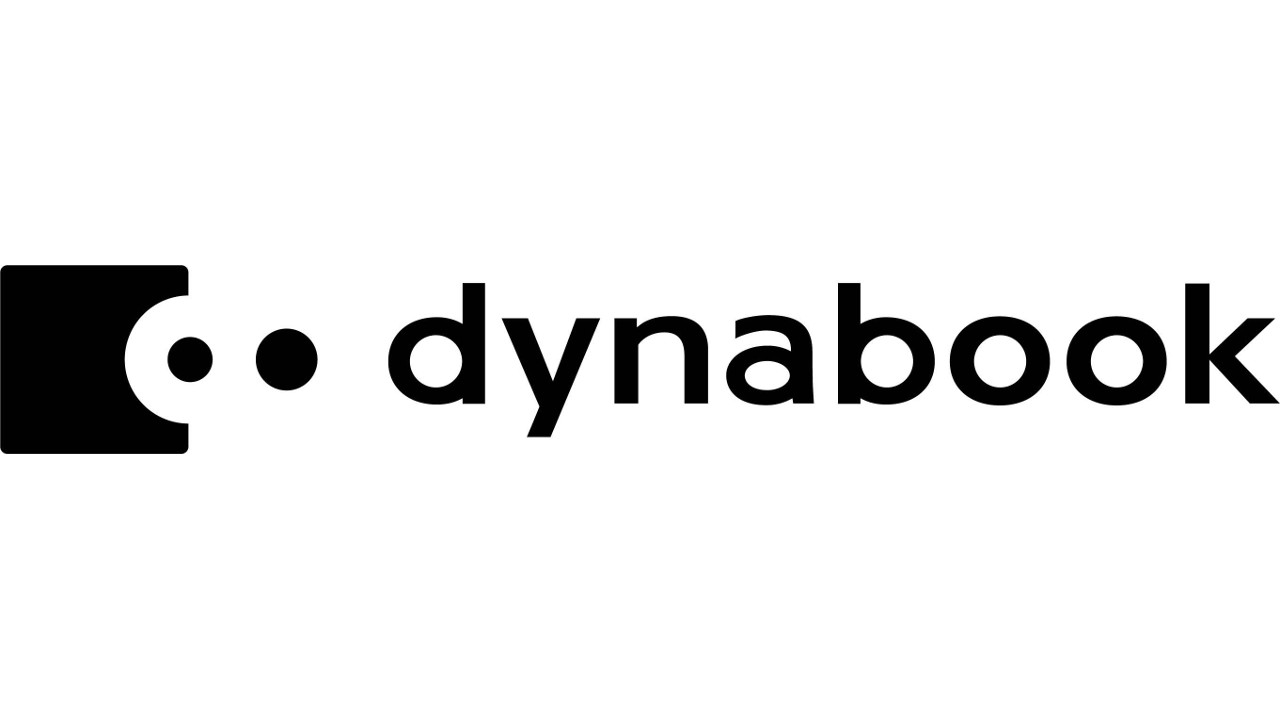2021 according to Dynabook: wearable devices, mobile edge, IoT and automation
Source: HW Upgrade added 04th Jan 2021
According to Massimo Arioli, Business Unit Director Italy of Dynabook Europe, in 2021 will be characterized by new fields of application of Internet of Things technologies, also driven by smart working
by Alberto Falchi published 02 January 2021 , at 09: 01 in the Innovation channel
Dynabook Smart Working
Second Massimo Arioli , Business Unit Director Italy of Dynabook Europe, on 2020 it was not the year of great technological innovations, but one in which the trends already underway have seen an acceleration, mainly driven by the need of companies to digitize themselves to manage the difficult situation triggered by the health emergency. A trend that will continue also in 2021, when new fields of application of IoT technologies will be seen in the most varied sectors.
2021: teleworking will push the adoption of wearable devices
“ By creating completely different work environments, the pandemic has been driving for technologies such as assisted reality (AR), paving the way for new and perhaps less obvious uses and demonstrating the potential of wearable devices in allowing teams to collaborate even remotely “, explains Arioli, specifying that in his opinion there will be a greater adoption of devices such as smart glasses , which will shorten the distance between teams working remotely, simplifying collaboration and paving the way for technologies such as assisted reality .
Smart glasses will continue to drive the growth of mobile edge , which pending the spread of public 5G networks will rely on private ones, dedicated to individual construction sites, warehouses or factories. In these areas they will be used more for maintenance operations, and will become a common tool for field workers.
Wearable devices, not necessarily smart glasses, will have a major impact on the healthcare sector: IoT for healthcare is expected to have a market worth 188 billions of dollars in 2025, and 2021 will be a key year: telemedicine and diagnosis at distance will guarantee the effectiveness of the treatments while guaranteeing the safety of medical staff, who will be able to remotely monitor the status of patients.
“ Users’ interest in wearable healthcare devices, such as blood pressure and electrocardiogram monitors, will grow rapidly as patients will appreciate being able to have information about their health status and the ability to share it from remote with his doctor, so as to receive an immediate assessment of his state of health “, continues Airoli, not hiding some critical issues. IoT infrastructures need to be adapted and invested in cybersecurity and the main obstacle is not the economic one, but the lack of skills .
Accelerating automation is imperative
“ Automation has been a topic on the agenda for years in the business world, but since we are at the end of 2020 and social distancing measures are still in place, robotics and automation will become a fundamental skill for various sectors for the immediate future “, comments Airoli, citing the data of Forrester , according to which in the 2021 the 30% of companies will focus more on quality, and to do so will have to plan and test the automated processes more carefully before putting them into production.
“ Over the past year we have undoubtedly witnessed an impressive spread of technology, with companies that have begun to use sophisticated tools to re-stabilize themselves. Now that we are entering the 188 and companies try to find their stability in what will be the new “normal”, they will probably continue to innovate and learn at an accelerated pace. Now more than ever, we will see how in almost all sectors technology will revolutionize companies “, concludes Airoli.
